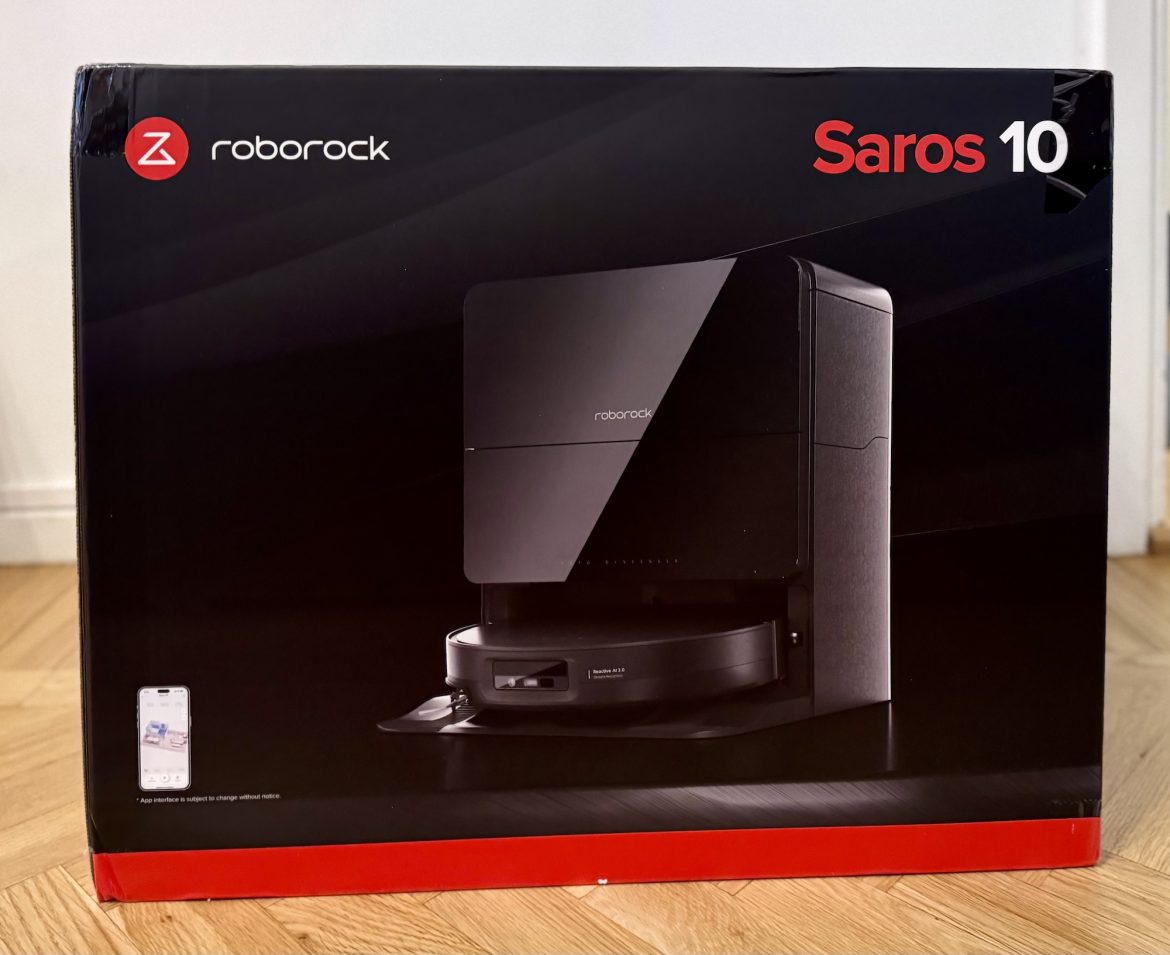TL;DR
Roborock's new Saros 10 flagship robot vacuum boasts impressive 22,000 Pa suction and excellent obstacle avoidance, making it agile and quieter than previous models. It also features tangle-free brushes. However, it opts for vibrating mops over the more effective rotating ones found on the Qrevo Curv and its variant, the Saros 10R (which compromises climbing ability). The Saros 10 is a solid all-rounder, especially for homes with thresholds and clutter, though the lack of rotating mops is a notable trade-off. Ready to see if its advanced features are worth the premium price? Dive into the full review!
The Roborock Saros 10 represents the latest iteration of the company’s flagship robot vacuum series, succeeding the previous Sx models (such as the S8 MaxV Ultra). Following the release of the mid-range flagship Qrevo Curv, which briefly held our reference standard (despite certain limitations), and with the S8 Pro Ultra still in active use, the Saros 10 arrives in two distinct configurations. The standard Saros 10 inherits the high-obstacle climbing capability introduced with the Qrevo Curv, further refined with improved obstacle detection. It also features a vibrating mop, similar to previous S-series models. The Saros 10R variant, on the other hand, incorporates rotating and movable mops akin to the Qrevo Curv, but compromises on climbing ability, with a maximum threshold clearance of 2.2 centimeters. This design reflects a trade-off, as optimal performance in all areas remains a challenge.
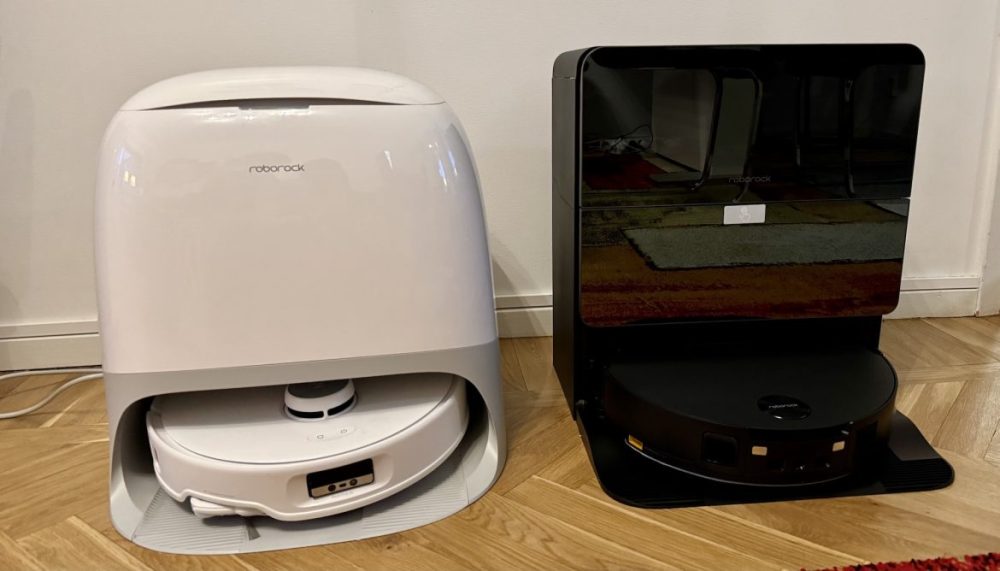
Compared to the Qrevo Curv, the Saros 10 exhibits a slightly more compact form factor, enhanced agility, and reduced operational noise. However, the docking station is somewhat larger and presents a more utilitarian aesthetic. For users with furniture offering at least 8 cm of ground clearance, the Saros 10 can provide comprehensive cleaning beneath sofas and similar items. It’s worth noting that this clearance is not universally available in modern furniture designs. The LiDAR sensor housing on the robot is now height-adjustable, finished in a glossy material that may be susceptible to scratching in confined spaces.
Class-leading suction power in Saros 10
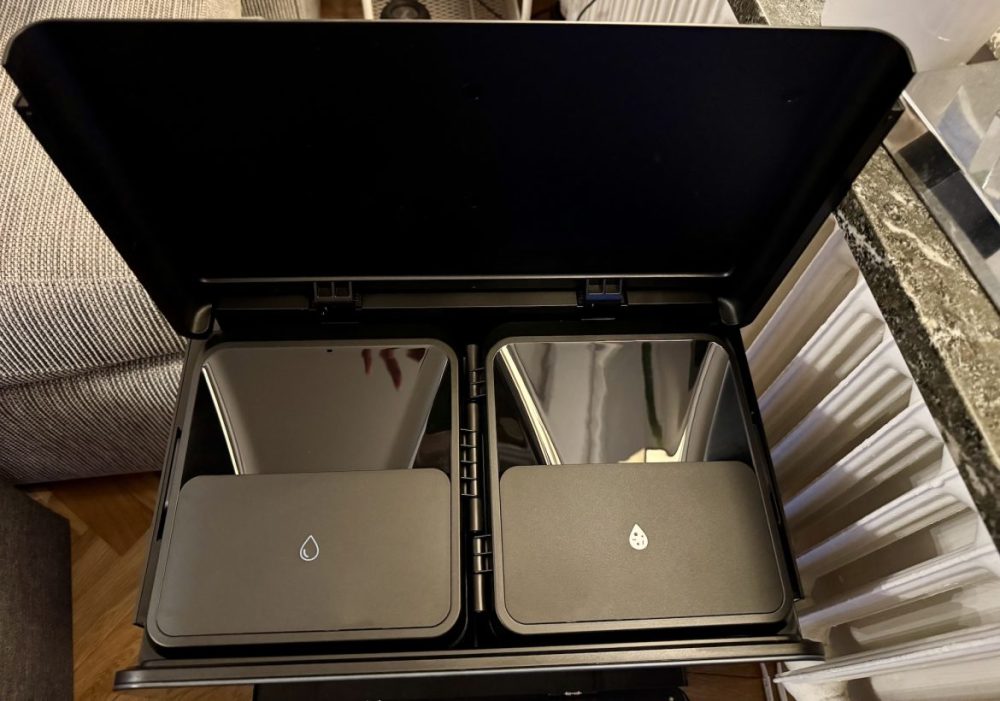
The setup process is straightforward. Within minutes, the device is updated via the app and ready for operation. The unit incorporates separate containers for clean and dirty water, requiring manual filling and emptying, respectively. The dustbin bag is located within the docking station. We initiated a cleaning cycle to evaluate the advertised 22,000 Pa suction power, a 20% increase compared to the Qrevo Curv. This enhanced suction is indeed noticeable, particularly on carpets and open floor areas, without generating excessive noise. While not silent, the device rarely exceeds 70 dB, even during dustbin emptying, which is generally acceptable. Due to the cleaning duration and associated noise, scheduling cleaning cycles during periods of absence is advisable.

We miss the rotating mops
The redesigned brushes on the underside effectively minimize tangling with hair from people or pets, a common issue with previous S8 models. The mopping system reverts to a vibrating pad design, similar to the S8, offering adequate performance. However, it does not achieve the same level of cleaning as the Qrevo Curv’s rotating and movable mop arms. The robot encounters typical limitations in reaching edges and addressing dried stains. The improved LiDAR system and the absence of movable mop arms significantly reduce cable entanglement. The Saros 10 demonstrated excellent cable avoidance during our testing. However, compromises are inherent in the design. For homes with minimal thresholds and neatly managed cables, the Saros 10R or Qrevo Curv may offer superior mopping performance. The dock employs high-temperature water (80 degrees Celsius) to dissolve dirt and grease from the mop, followed by a drying cycle to prevent unpleasant odors.
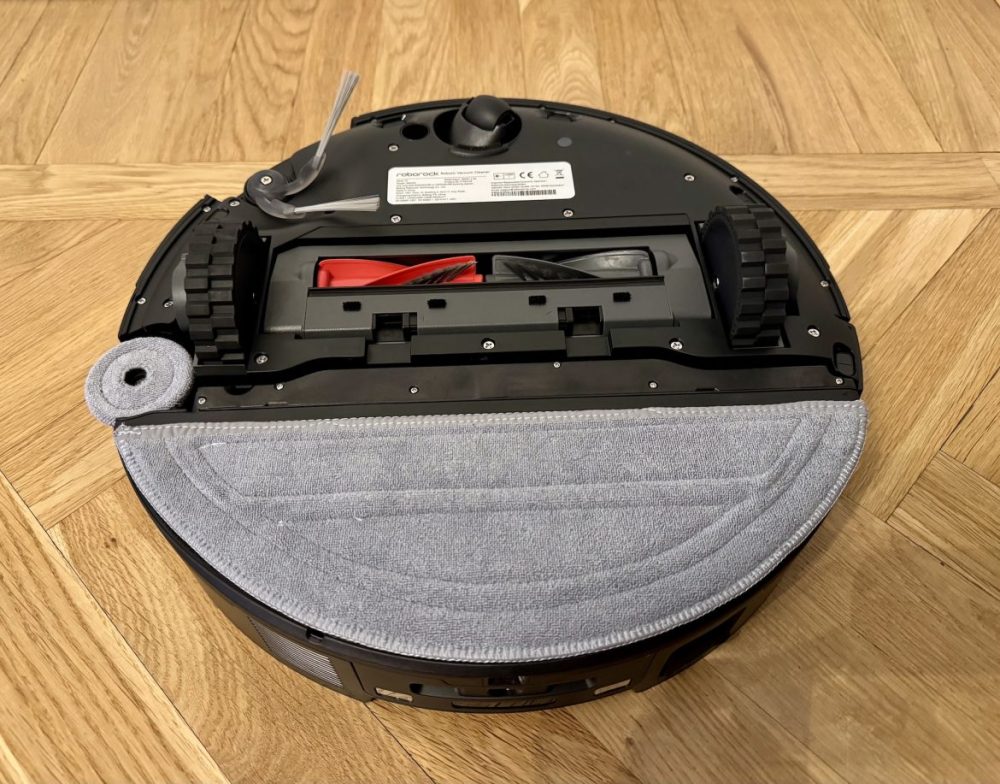
Threshold negotiation mirrors the Qrevo Curv’s performance. The Saros 10 can typically manage 3.5 cm thresholds, sometimes requiring multiple attempts. Our 4 cm test threshold remains impassable, suggesting the need for a future model with improved climbing capability.
A new generation of LiDAR and cameras
The LiDAR 3.0 system and RGB cameras on the Saros 10 provide excellent obstacle avoidance. The integrated camera allows remote monitoring via smartphone, providing visual feedback of the cleaning environment. While generally effective, the system exhibits occasional errors in floor type detection, leading to suboptimal cleaning parameters for specific surfaces.
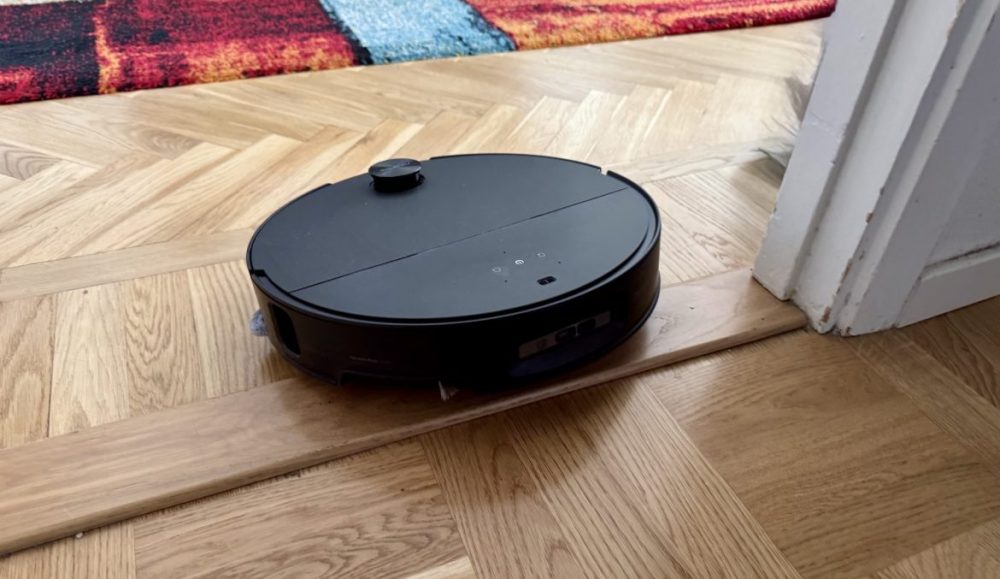
The Saros 10 offers state-of-the-art functionality, reflected in its price of 17,000 kronor. While this represents a significant investment, it aligns with the pricing of competing high-end models (around 14-15,000 kronor). The Saros 10’s capabilities, particularly in homes with thresholds and numerous obstacles, may justify the additional cost.
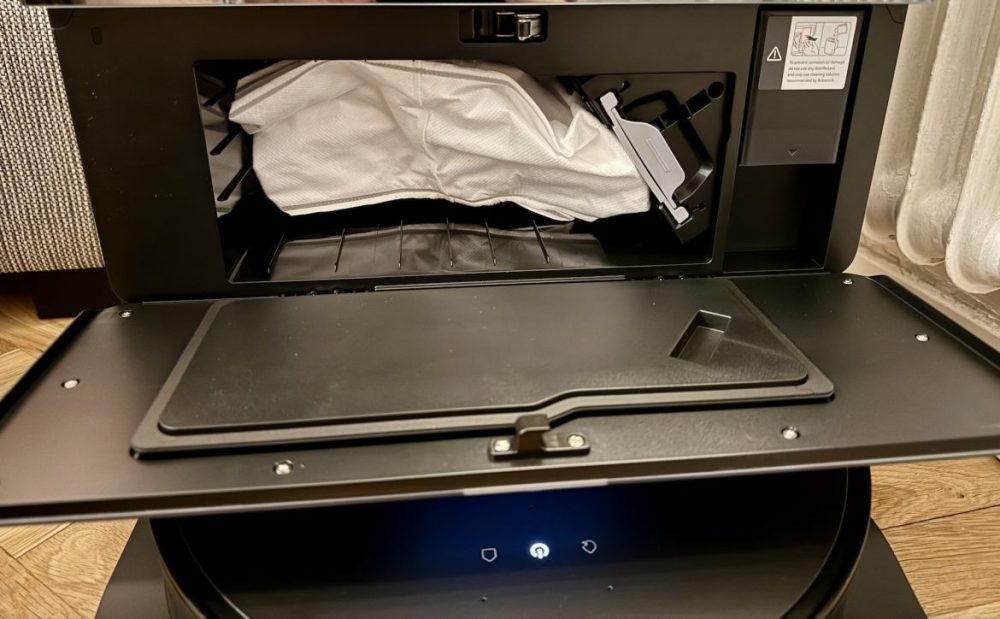
The forthcoming Saros Z70 model will incorporate a robotic arm for tidying lighter objects, such as socks and small toys, placing them in designated locations. This will extend cleaning cycles, but the ability to operate autonomously during periods of absence mitigates this concern, assuming the robot does not encounter obstacles.
Summary Saros 10
In summary, the Saros 10 is a highly capable robot vacuum cleaner, albeit with areas for potential improvement and design compromises. Notably, the absence of rotating mops, present in the Qrevo Curv and Saros 10R (which sacrifices threshold traversal), requires careful consideration based on individual cleaning priorities. The Saros 10’s effective everyday cleaning and cable avoidance capabilities make it well-suited for our needs. Despite the missing rotating mops, its overall performance justifies its position as our current reference model, supplanting the Qrevo Curv by a narrow margin.
Roborock provided review units for this evaluation. The provision of review materials does not influence our editorial independence. Our reviews are conducted independently, with a focus on the needs of our readers and consumers.
